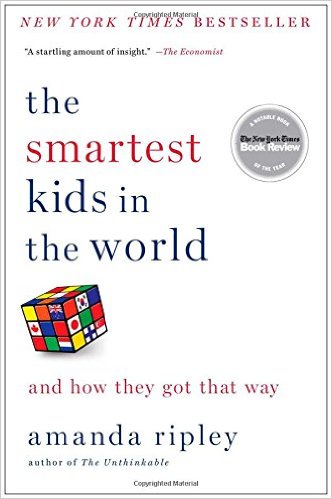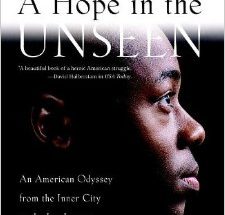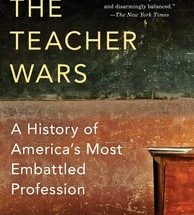What began as an article for the Wall Street Journal expanded into a book. In There Are No Children Here, author Alex Kotlowitz told the tale of two African-American boys growing up in Horner Houses, one of the most dangerous projects in Chicago in the 80s. He illuminated issues like gang violence, drug trade and adult kids as the norm here.
Kotlowitz’s book mentioned themes likes education, racism, politics, and poverty all of which shaped and affected the boys’ lives. The story, in retrospect, talked about the lives of Pharoah and Lafeyette Rivers and their growth development over the past three years while they struggled to thrive in a dangerous neighborhood where many boys their age were likely to join gangs or experiment with drugs and later be killed or jailed. The heart of the story lied in the unstable relationship between Lafeyette and his mother, LaJoe.
The Riverses children lacked a father although Lafeyette served as a substitute paternal figure, in a way, to his younger siblings at only 11 years old. He acted very maturely and often held very adult responsibilities like preparing the kids to go to school when their mother wasn’t present though at school he was an underachiever. (Although LaJoe pushed her kids to get an education.)
His good-natured personality slowly changed when he became close friends with Rickey, his neighbor and witnessed the numerous deaths of neighbors and friends like Bird Leg and experienced some harassment from police officers. These events led him to join the wrong crowd following in the footsteps of his older brother, Terrence, who was attached to LaJoe, and later rebelled against her as a teenager. (LaJoe feared this same situation would occur to Lafeyette.)
Pharoah, on the other hand, was the opposite. He was very studious, smart, honest and had a passion for spelling although he stuttered a lot, especially when his family underwent a financial crisis. Only nine years old, he already witnessed a confrontation between Lafeyette and a police officer in his neighborhood. Although he excelled at school, he sometimes got distracted when something occurred in his neighborhood or home.
Kotlowitz explicitly portrayed the Riverses desire to move out of Horner Houses although financial problems held them back. LaJoe was unemployed and depended on welfare, but lost her government benefits because her husband (who separated from her) lived with her again. They had no income and depended on their family and neighbors. Despite these tough times, the Riverses remained united.
Horner Houses became a haven for drug dealers, who often recruited kids to sell their drugs and taught them how to use a gun. LaJoe tried to keep her children away from the gangs and the violence, and admonished them to stay away from the wrong people, something that her older children ignored.
The book ended with the Riverses having a somewhat happy ending. LaJoe received government benefits. Lafeyette didn’t go to jail as well as his five other friends involved in a crime where they were found guilty for breaking into a man’s car near the Chicago Stadium and stealing the driver’s valuables without him present, but needed to perform 100 hours of community service.
In some instances, he put himself first as a human and then as a journalist. Kotlowitz revealed in the epilogue that he helped the kids when needed it and enrolled the two boys in a private school. Pharoah excelled, but Lafeyette didn’t, reverting to his old ways. He returned to a public school and graduated from middle school at age 15. The desire to leave Horner remained alive.



